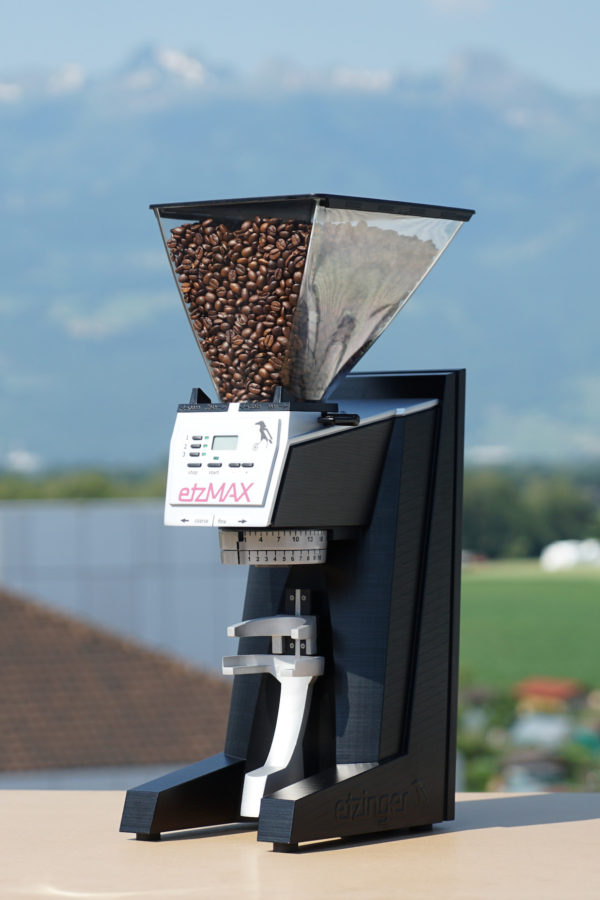Cappuccino from Vending Machines – More Appearance than Being?

The quality of cappuccino from certain vending machines deviates significantly from the classically prepared cappuccino.
In everyday life, there is not always time to freshly prepare a cappuccino or to be served in a quality café. However, as many people do not want to miss out on their cappuccino, vending machines that can prepare a variety of coffees are very popular in cafeterias, canteens and company restaurants. But in these cases, cappuccino is usually prepared not by the traditional method, but with the help of instant powder.
But what is a traditional cappuccino? Cappuccino is a popular coffee beverage based on the espresso. 1 To make a good cappuccino, one-third of a larger cup is filled with espresso. The remaining two-thirds are supplemented with hot, frothy milk. Part of the milk combines with the espresso and the other settles as a thin head of foam. 2
Cappuccino is not a legally protected name. Thus, the creativity of the manufacturers of instant cappuccino powders is virtually unlimited. For example, instead of freshly prepared espresso, mostly instant coffee is used. Also, one often looks in vain for a coffee share of one-third, as it is common in conventional cappuccinos. The proportion of instant coffee is usually about 10%. You will find plenty of sugar, additives and often artificial flavors that are used to create different flavors.3
In contrast to cappuccino powder, which may be prepared by the consumer at home, cappuccino from public coffee machines is a so-called “loose item”. For foods that are packaged at the point of sale, such as vending machine cappuccino, both European4 and national5 laws provide only for the labeling of allergens as a mandatory indication (e.g. by saying “contains milk”). Certain additives, such as dyes, must also be declared.6 However, the end user usually has no access to the complete list of ingredients and nutritional information.
As a result, it is often unclear to the consumer what their chosen drink actually consists of. It is possible that the expectation of the consumer differs greatly from the product obtained. In order to prevent consumer deception, it would be helpful to specify not only the name “cappuccino” on the key of the machine, but also to provide additional information on the more precise composition of the product. Some vending machine operators actually declare a descriptive label on the corresponding keys, such as “soluble coffee beverage with milk powder and sugar” or “flavored instant beverage with coffee extract”. Such an indication is highly welcome from the point of view of consumer information. Only if a clear misleading behavior exists, for example by pictures of vanilla pods or nuts, if only artificial flavors are used for flavoring, the presentation of such products can be rejected as consumer deception. Otherwise, it remains up to the consumer, according to the current legal situation, to ask the vending machine operator for the food information or, if necessary, to refrain from buying it.
Translated from German version
sources



